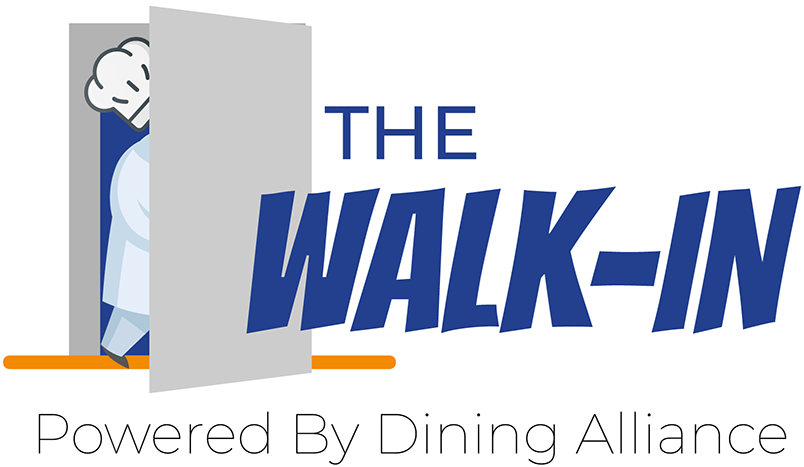Running an independent restaurant comes with unique challenges, and one critical aspect that can significantly impact your bottom line is inventory control. Efficient inventory management reduces waste and boosts overall operational efficiency, ensuring your restaurant thrives in a competitive market.

Inventory control refers to the meticulous management of a restaurant’s stock of ingredients, supplies, and perishable goods. The goal is to strike a delicate balance, ensuring that your restaurant has enough inventory to meet customer demand without excess that could lead to waste or financial losses.
This strategic approach not only helps minimize food waste but also contributes to the overall efficiency and profitability of the restaurant.

Overordering is a common issue that leads to excess inventory and waste. Combat this by establishing an ordering system based on historical data and accurate sales forecasting. For instance, a family-owned bistro might analyze its weekend sales trends to determine how much fresh produce to order. Leveraging technology to track customer preferences and sales patterns can align inventory with actual demand, minimizing overstock and reducing spoilage.

Manual inventory tracking is time-consuming and prone to errors. Transition to real-time inventory management software to monitor stock levels, expiration dates, and stock movement. For example, a local café can use these systems to receive automatic alerts when coffee beans or milk supplies are running low. This proactive approach prevents shortages, reduces waste, and enhances operational efficiency.

Your team plays a crucial role in maintaining an efficient inventory system. Train staff on proper storage techniques, FIFO (first in, first out) rotation, and how to report discrepancies. For instance, a busy pizzeria can avoid spoilage by ensuring staff consistently rotate toppings like cheese and pepperoni. A well-trained team minimizes errors and contributes to a seamless inventory process.

Strategically designing your menu can maximize profitability while reducing waste. Analyze menu items based on popularity, cost, and profit margins. For example, a farm-to-table restaurant might highlight dishes with locally sourced ingredients that have lower costs and higher margins. Adjust portion sizes to minimize leftovers, ensuring that each dish contributes to your restaurant’s profitability.

Routine audits are essential to identify areas for improvement. Analyze stock levels, sales data, and purchasing patterns to refine your strategy. For example, a neighborhood diner might discover through audits that they consistently overstock certain breakfast items, leading to waste. By addressing these issues, you can update your ordering process, fine-tune menu offerings, and tackle supply chain challenges.

Mastering inventory is essential for independent restaurant operators and chefs aiming to reduce waste and boost efficiency. By implementing streamlined ordering systems, embracing real-time tracking technology, training your staff, optimizing menu design, and conducting regular audits, you’ll create a well-organized system that saves costs and supports sustainability. These steps ensure your restaurant operates efficiently, delighting customers while protecting your bottom line.








